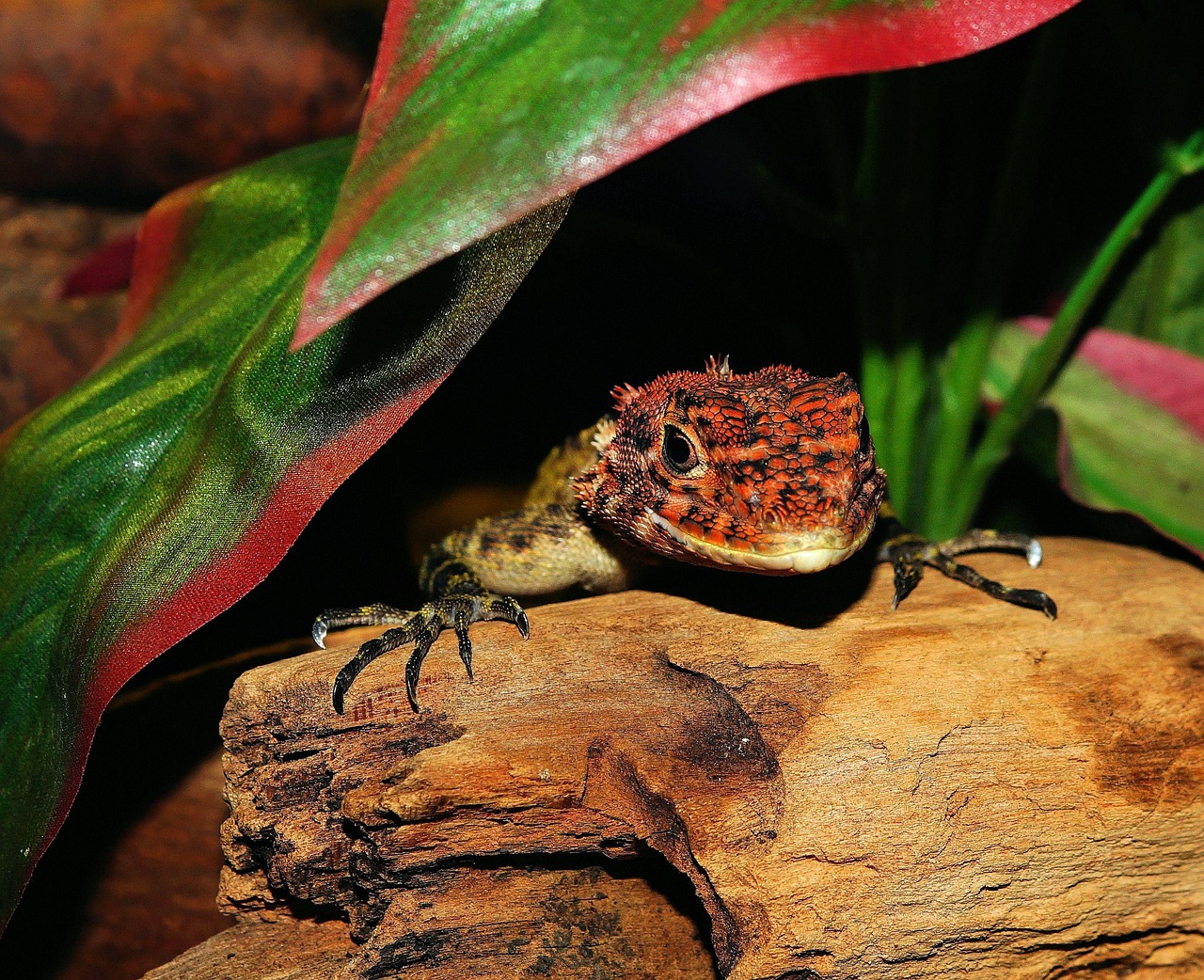The vibrant scales of a rare python gleam under the fluorescent lights of a pet store, thousands of miles from its native habitat. While this animal may become someone’s treasured pet, its journey from the wild to captivity often leaves deep scars on natural ecosystems. The exotic pet trade has exploded into a multi-billion dollar global industry, with reptiles among the most sought-after creatures. These cold-blooded vertebrates—snakes, lizards, turtles, and crocodilians—are being captured and exported at unprecedented rates, pushing many species toward extinction. This article explores how our fascination with keeping exotic reptiles as pets is creating ripple effects throughout wild populations and threatening biodiversity worldwide, while examining the complex factors that drive this trade and potential solutions to make it more sustainable.
The Scale of the Global Reptile Trade
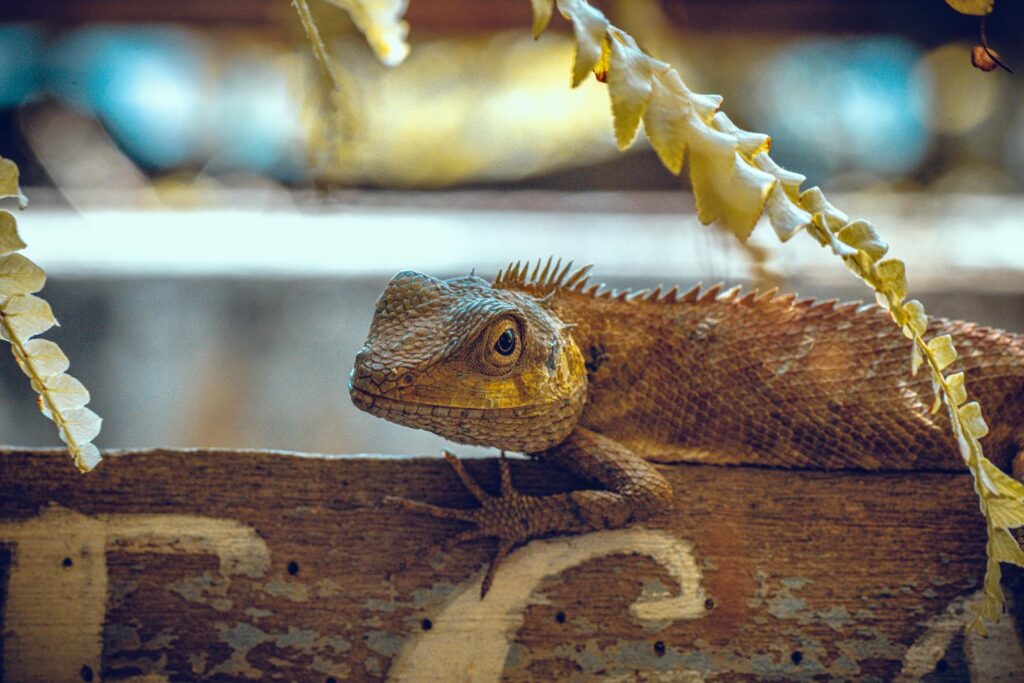
The international trade in reptiles has reached staggering proportions, with an estimated 5.5 million live reptiles legally imported into the United States alone each year. Globally, tens of millions of reptiles change hands annually through both legal and illegal channels, creating a market valued at over $2 billion. According to the Convention on International Trade in Endangered Species (CITES), more than 8,700 reptile species are currently being traded, with new species continuously entering the market as collectors seek rarer and more unusual specimens. What many consumers don’t realize is that for every reptile that survives the journey from wild habitat to living room terrarium, numerous others perish during capture, transportation, or holding—creating an ecological footprint much larger than the visible trade suggests.
The Allure of Exotic Reptiles as Pets
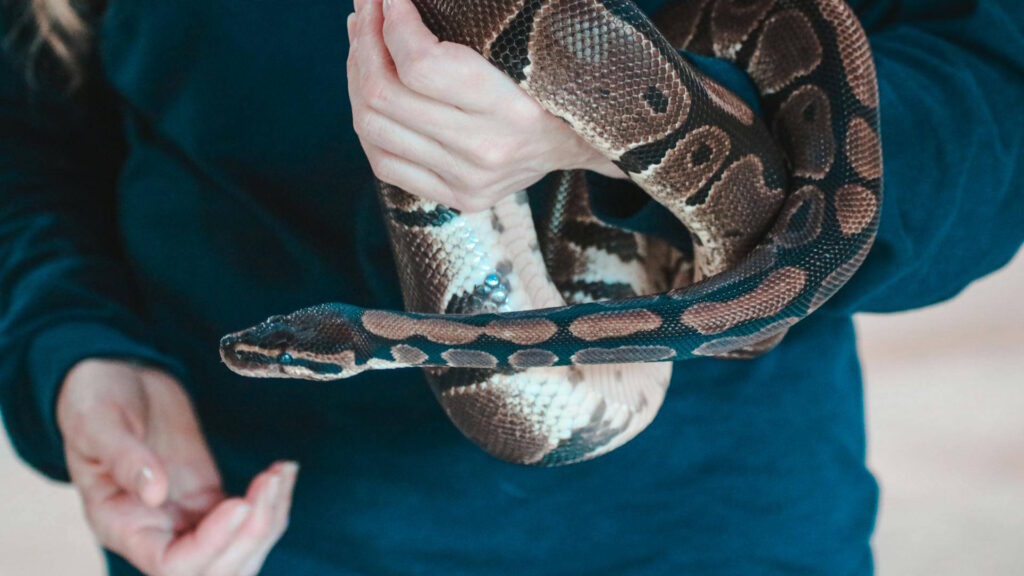
The fascination with keeping reptiles as pets has deep historical roots but has expanded dramatically in recent decades due to social media, reptile expos, and wildlife documentaries that showcase these animals’ unique characteristics. Reptiles offer distinct advantages as pets: many species require less daily interaction than mammals, don’t trigger allergies, and can live in relatively small enclosures, making them appealing for urban dwellers with limited space. The status symbol of owning rare or difficult-to-keep species drives demand among serious collectors, who may pay tens of thousands of dollars for specimens with unusual colorations or patterns—known in the trade as “morphs.” This collector mentality particularly threatens wild populations when hobbyists specifically seek wild-caught specimens for their genetic diversity or perceived authenticity, rather than captive-bred alternatives.
Wild-Caught vs. Captive-Bred: The Critical Distinction
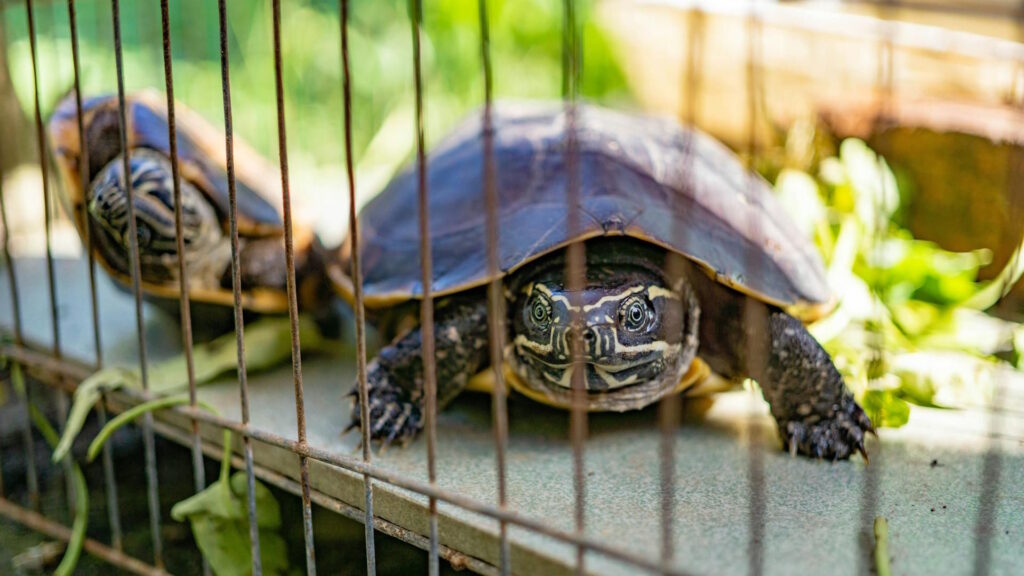
The reptile trade operates through two primary sourcing methods: wild-caught specimens taken directly from their natural habitats and captive-bred animals produced by breeders. While captive breeding can theoretically reduce pressure on wild populations, the reality is more complex. Many commonly traded species like ball pythons, bearded dragons, and leopard geckos are predominantly captive-bred, but thousands of other species remain primarily sourced from the wild. Even among popular species, wild collection continues to supplement captive breeding operations with new genetic stock. The economic incentives heavily favor wild collection in many cases—capturing animals from their natural habitat costs significantly less than establishing and maintaining breeding facilities, especially in developing nations where many sought-after species originate. The price difference between a wild-caught and captive-bred specimen of the same species can be tenfold or more at the source, though this gap narrows by the time animals reach Western markets.
Population Devastation Through Targeted Collection
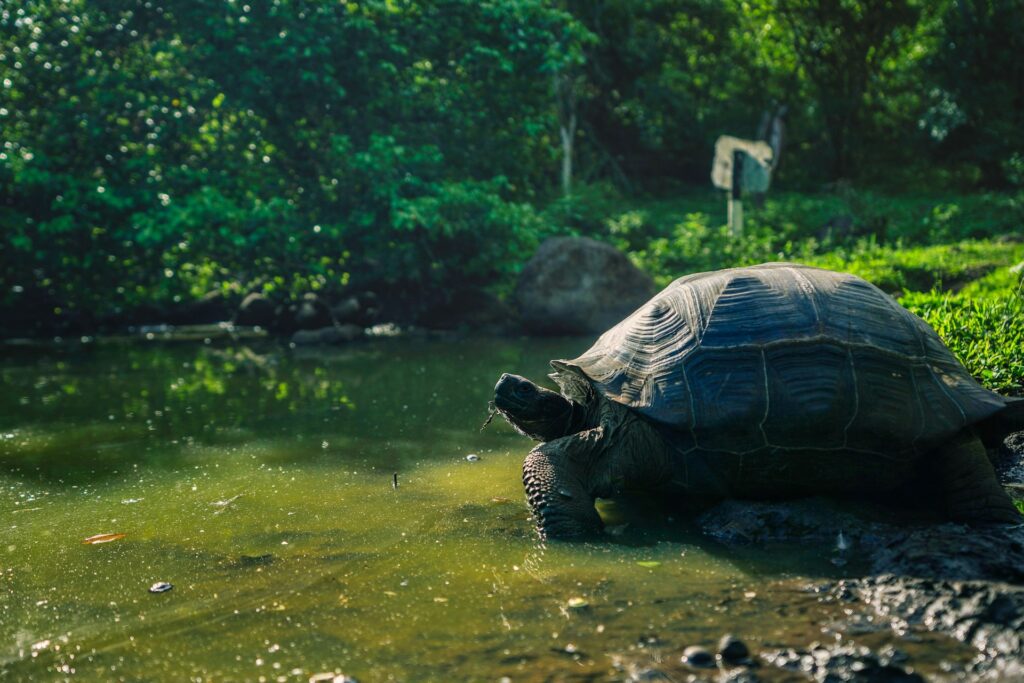
When a reptile species becomes popular in the pet trade, collection pressure can rapidly devastate wild populations that may have evolved over millions of years. Madagascar’s radiated tortoise exemplifies this threat—once abundant across southern Madagascar, this critically endangered species has lost 80% of its population in just two decades, largely due to collection for the exotic pet trade. The problem is especially acute for species with specific habitat requirements, slow reproductive rates, or restricted geographic ranges. Collectors often target breeding adults, removing the most reproductively valuable individuals from wild populations. This selective pressure creates population bottlenecks that can lead to genetic impoverishment even when some individuals remain in the wild. For species like the Chinese crocodile lizard, intense collection has reduced certain subpopulations to fewer than 50 individuals, making them vulnerable to extinction from even minor environmental disturbances.
The Laundering Problem: When Legal and Illegal Trade Overlap
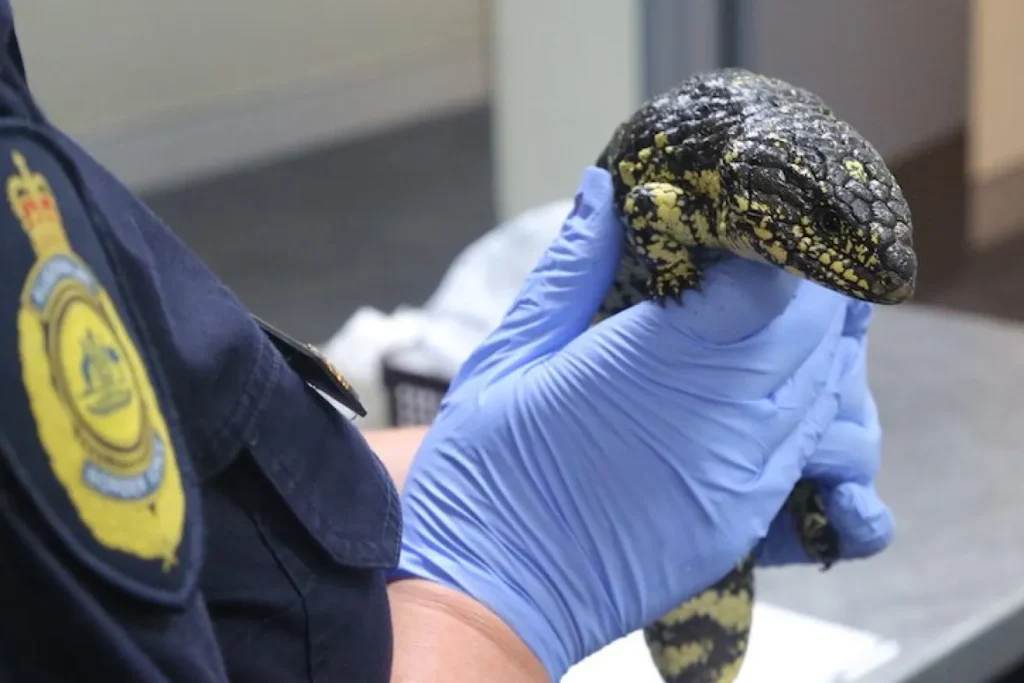
One of the most insidious challenges in regulating the reptile trade is the laundering of illegally captured wild specimens through legal channels. This practice occurs when animals collected illegally from protected areas or belonging to prohibited species are falsely documented as legally caught or captive-bred. Sophisticated smuggling networks have developed complex methods to move protected reptiles across international borders, including hiding them among legal shipments, falsifying documentation, or using captive breeding facilities as fronts for laundering wild-caught animals. A 2020 study published in Conservation Biology found that up to 73% of supposedly “captive-bred” reptiles from certain regions showed physical characteristics inconsistent with captive breeding, suggesting widespread laundering. This practice not only threatens wild populations but also undermines legitimate conservation-oriented breeding programs and makes enforcement of trade regulations extraordinarily difficult.
Ecological Consequences Beyond Population Decline
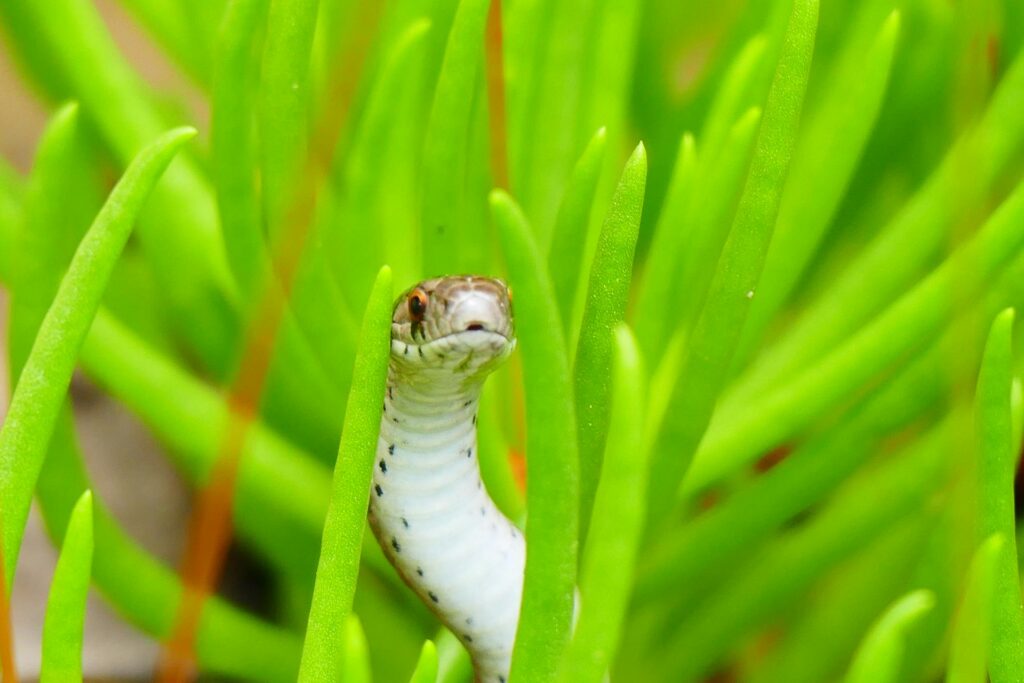
The impact of reptile collection extends far beyond simple population reduction, creating complex ecological ripple effects throughout the ecosystems these animals inhabit. As ectothermic predators and prey, reptiles play vital roles in energy transfer and population control within their food webs. When collectors remove large numbers of insectivorous lizards from an ecosystem, for example, insect populations may surge, potentially damaging vegetation and altering nutrient cycling. The removal of predatory snakes can lead to population explosions among their typical prey species, which can in turn alter vegetation patterns and compete with other native animals. In some regions, turtle collection has severely reduced these animals’ ecosystem contributions, including seed dispersal, soil aeration, and maintenance of aquatic environments through their feeding activities. The Madagascar spider tortoise’s decline has already been linked to changes in vegetation structure and composition in its native dry forests, demonstrating how species-specific collection can reshape entire ecosystems.
Disease Spread and Invasive Species Concerns
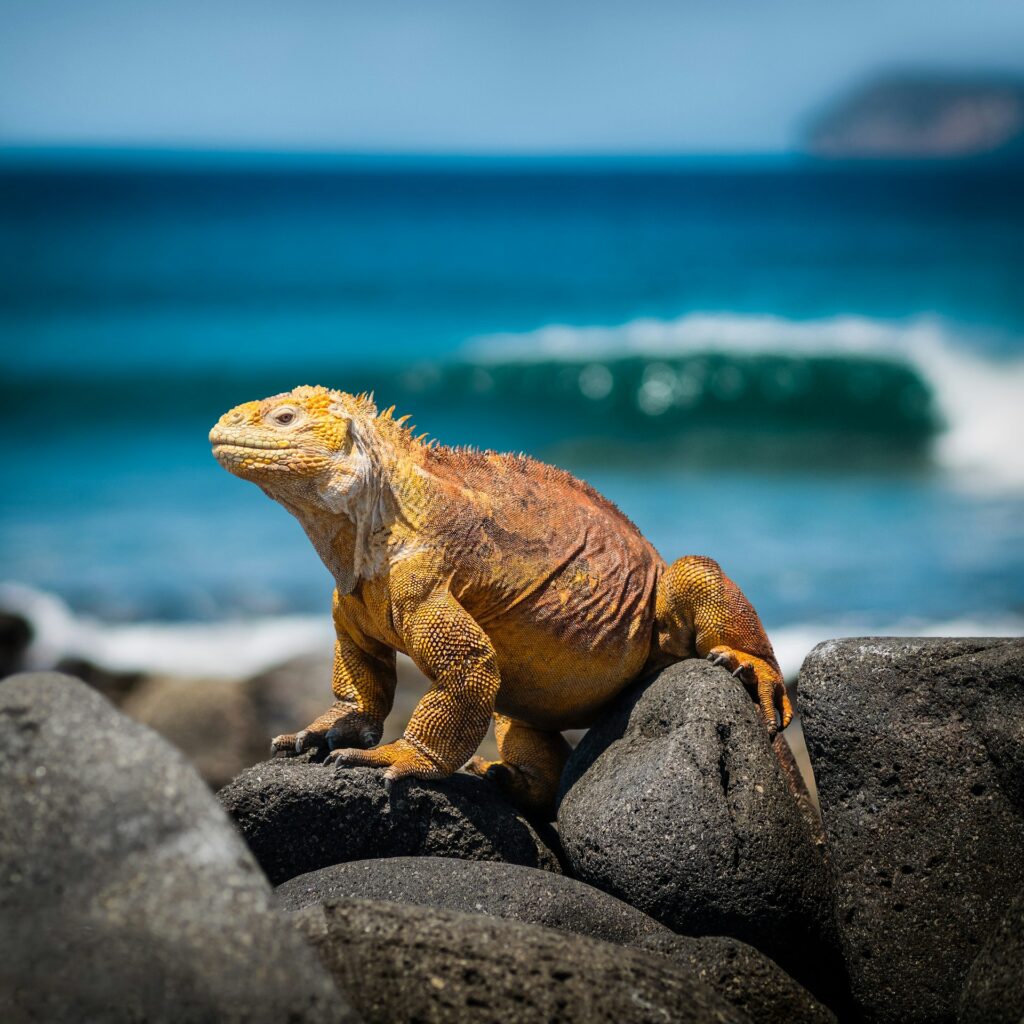
The exotic reptile trade creates two additional ecological threats beyond direct collection impacts: the spread of diseases and the introduction of invasive species. Wild-caught reptiles often carry parasites and pathogens that can spread to captive populations and potentially to native wildlife if pets escape or are released. Ranavirus and various fungal infections have been documented spreading through reptile collections and occasionally jumping to wild populations. The release or escape of non-native reptiles presents an equally serious threat—Florida’s Everglades now hosts over 500 introduced species, with Burmese pythons and green iguanas among the most destructive examples of former pets establishing breeding populations. These invasive reptiles outcompete native species, prey on indigenous wildlife, and can fundamentally alter ecosystem structure. The economic costs of managing these invasions reaches into the hundreds of millions of dollars annually in affected regions, creating a significant externalized cost of the exotic pet trade.
The Role of Consumer Demand in Driving Collection
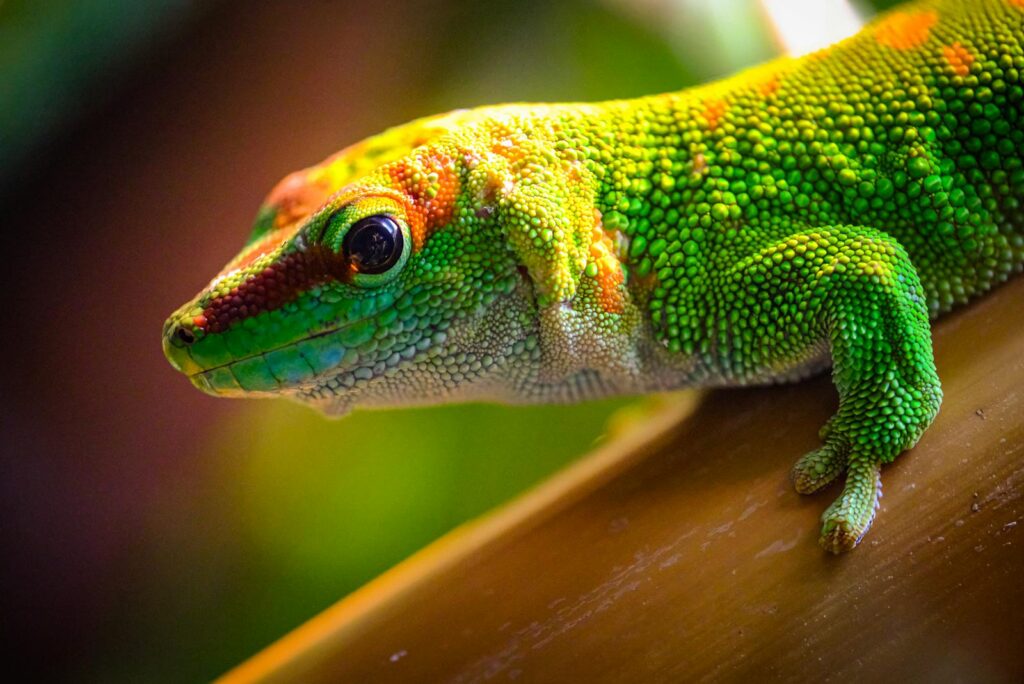
At the heart of the exotic reptile trade lies consumer demand, which shapes and drives collection practices worldwide. The market exhibits disturbing “fad” patterns, where particular species become trendy following their appearance in films, television shows, or social media, leading to sudden collection pressure that wild populations cannot withstand. After the release of the animated film “Rango” in 2011, demand for pet chameleons spiked dramatically, with particular pressure on the already-vulnerable Parsons chameleon of Madagascar. Social media platforms have accelerated these trends, with viral videos showcasing reptiles as pets frequently triggering market surges before regulations can respond. Research into consumer motivations reveals that many buyers remain unaware of the conservation impacts of their purchases, with only 28% of reptile owners in one study reporting that they had researched the source of their pets. This knowledge gap represents both a challenge and an opportunity for conservation efforts focused on consumer education.
Legal Frameworks and Their Limitations
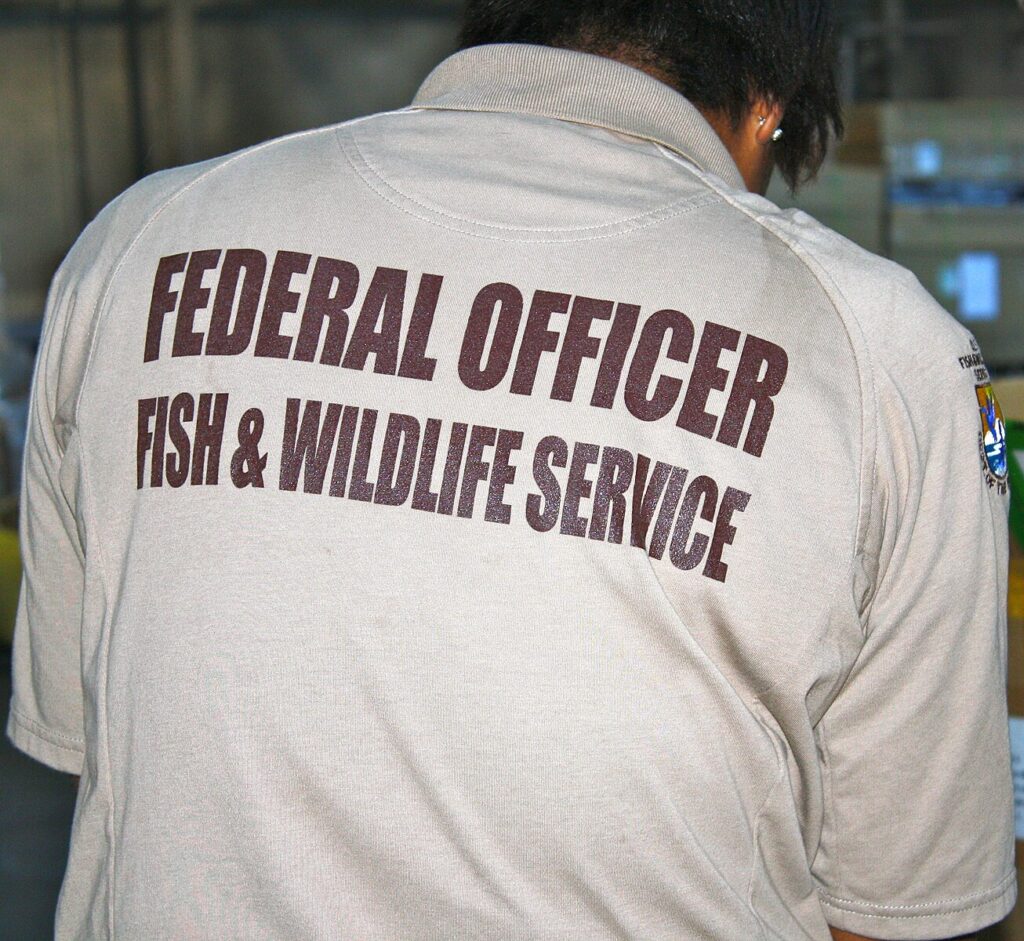
International and national legal frameworks attempt to regulate the reptile trade, but often fall short of providing comprehensive protection. The Convention on International Trade in Endangered Species (CITES) represents the primary international agreement governing wildlife trade, categorizing species into appendices that determine trade restrictions. However, CITES suffers from significant limitations: it only covers species officially listed in its appendices, leaving newly discovered or previously overlooked species vulnerable until the lengthy listing process can be completed. Enforcement capacity varies dramatically between countries, creating weak links in the regulatory chain that traffickers exploit. Additionally, CITES focuses primarily on international trade, leaving domestic trade largely unregulated in many nations. Even within well-regulated countries, resources for inspecting shipments and verifying documentation remain woefully inadequate—the U.S. Fish and Wildlife Service can physically inspect fewer than 25% of wildlife shipments entering the country, allowing significant illegal trade to slip through undetected.
The Conservation Breeding Dilemma
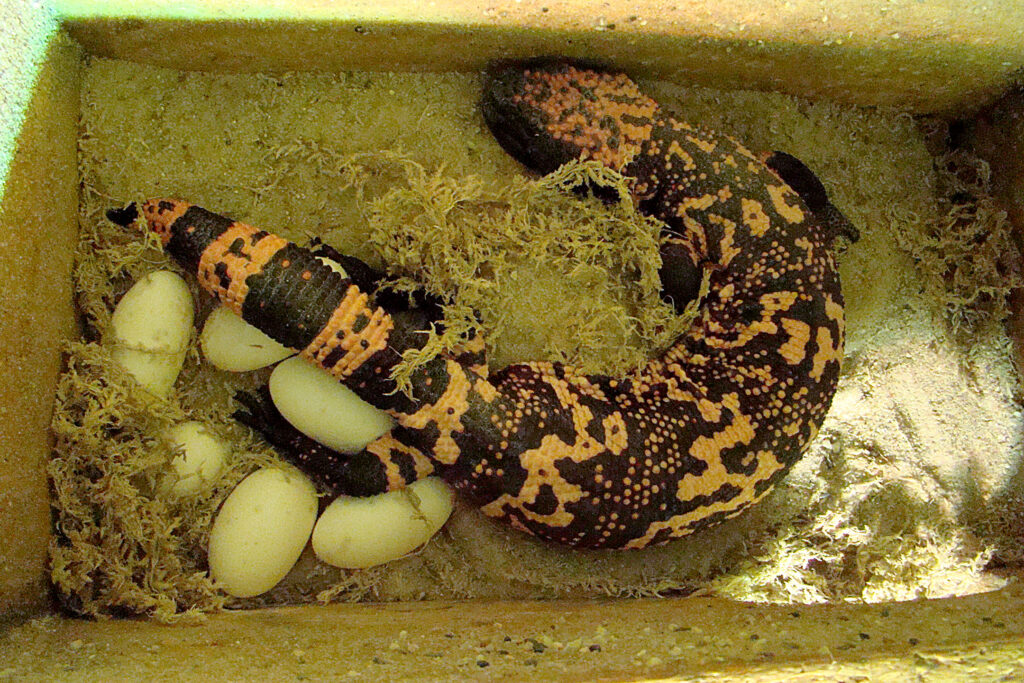
Conservation breeding programs represent a potential solution to reduce pressure on wild populations while meeting market demand, but this approach faces significant challenges and ethical considerations. While successful captive breeding programs exist for popular species like bearded dragons and crested geckos, many species prove difficult to breed consistently in captivity due to complex environmental needs, specialized diets, or stress sensitivity. Establishing viable breeding programs requires substantial investment that many commercial breeders aren’t willing to make when wild collection remains cheaper and easier. Even successful breeding programs can inadvertently harm conservation goals through genetic bottlenecking—when captive populations derive from too few founding individuals, resulting in reduced genetic diversity and potential inbreeding depression. Some conservationists argue that promoting captive breeding may normalize keeping certain threatened species as pets, potentially increasing demand for wild specimens as well. Despite these concerns, well-managed conservation breeding programs for species like the Fiji banded iguana have demonstrated that captive breeding can contribute to both conservation and sustainable trade when properly implemented.
Communities on the Front Lines
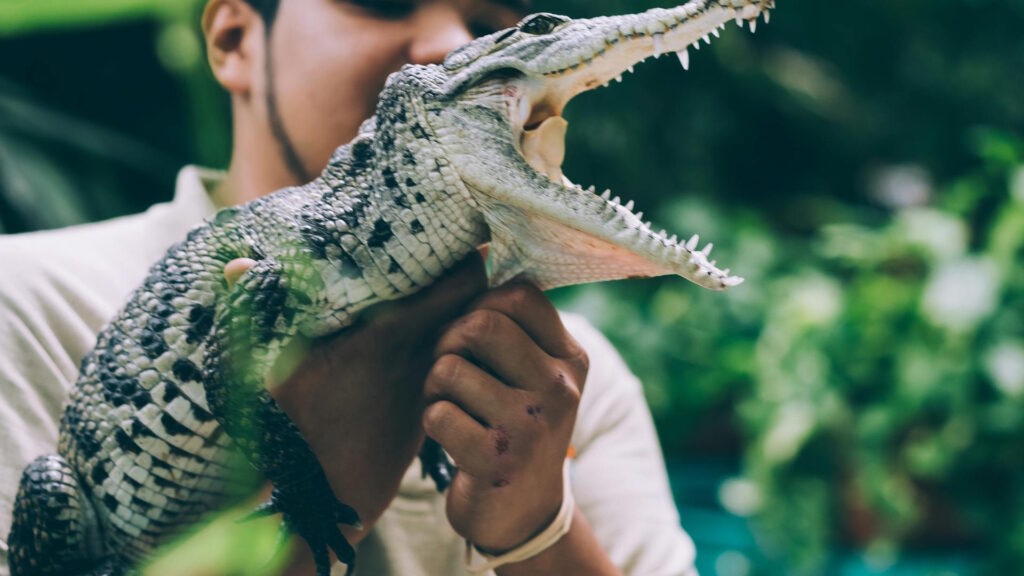
Local communities in biodiversity hotspots often find themselves caught between economic necessity and conservation concerns in the reptile trade. In Madagascar, Indonesia, and other collection hotspots, reptile collection provides crucial income for rural communities with few economic alternatives, paying significantly more than traditional livelihoods like farming or fishing. A collector in Madagascar might earn a month’s typical wages from capturing a single radiated tortoise, creating powerful incentives that are difficult to counter with conservation messaging alone. Despite this economic reality, evidence suggests the vast majority of profits from the exotic reptile trade flow to middlemen and importers rather than the local collectors who assume the greatest legal risk. Community-based conservation initiatives that provide alternative livelihoods while engaging locals in protection efforts have shown promise in some regions. The community-managed Makira forest project in Madagascar has reduced poaching of leaf-tailed geckos by 60% by employing former collectors as forest guardians and ecotourism guides, demonstrating that economic incentives can be redirected toward conservation when properly structured.
Technological Solutions and Enforcement Innovations
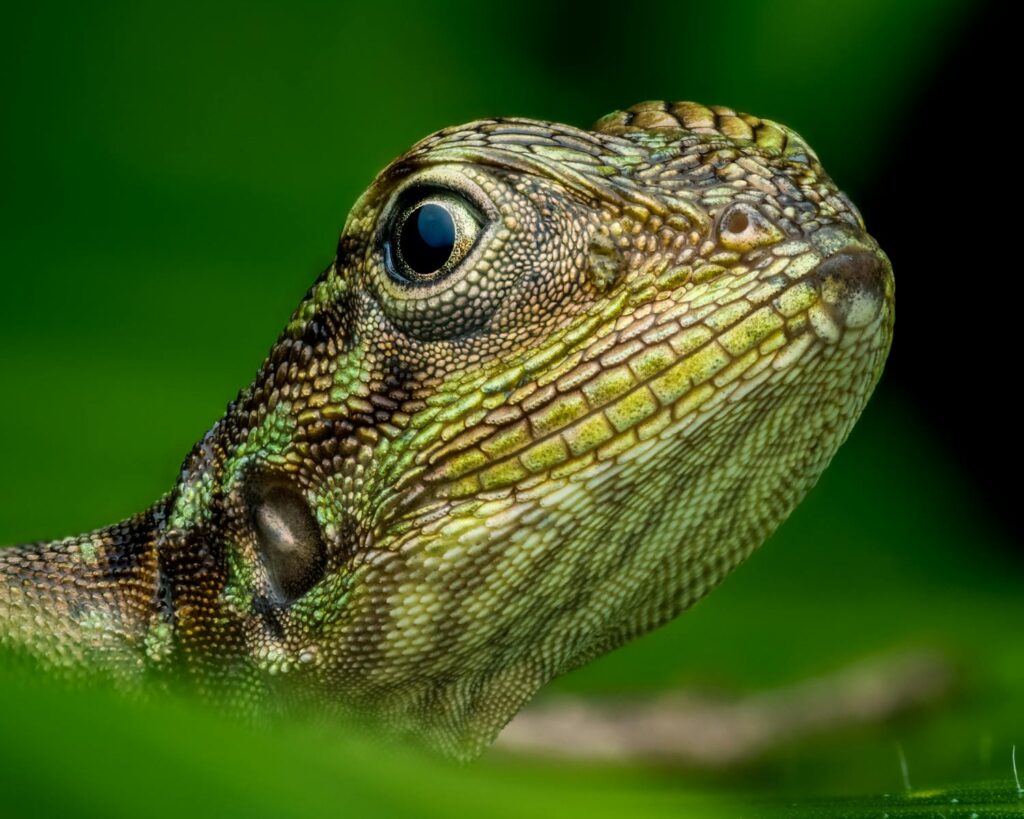
Emerging technologies offer new hope for monitoring and regulating the reptile trade more effectively. DNA barcoding techniques now allow authorities to identify species from tiny tissue samples, making it possible to verify the identity of specimens even when traditional morphological identification is difficult. This technology has proven particularly valuable for detecting laundered animals and identifying products made from protected reptile species. Microchipping of captive reptiles is becoming more common as a way to track individual animals through the trade chain and verify their origins. Smartphone applications that allow border officials to quickly identify protected species have dramatically improved frontline enforcement in pilot programs across Southeast Asia. Perhaps most promising is the development of stable isotope analysis, which can determine whether an animal was wild-caught or captive-bred by analyzing chemical signatures in its tissues that reflect its diet and environment—potentially closing the laundering loophole that has long undermined trade regulations.
Consumer Education and Ethical Ownership
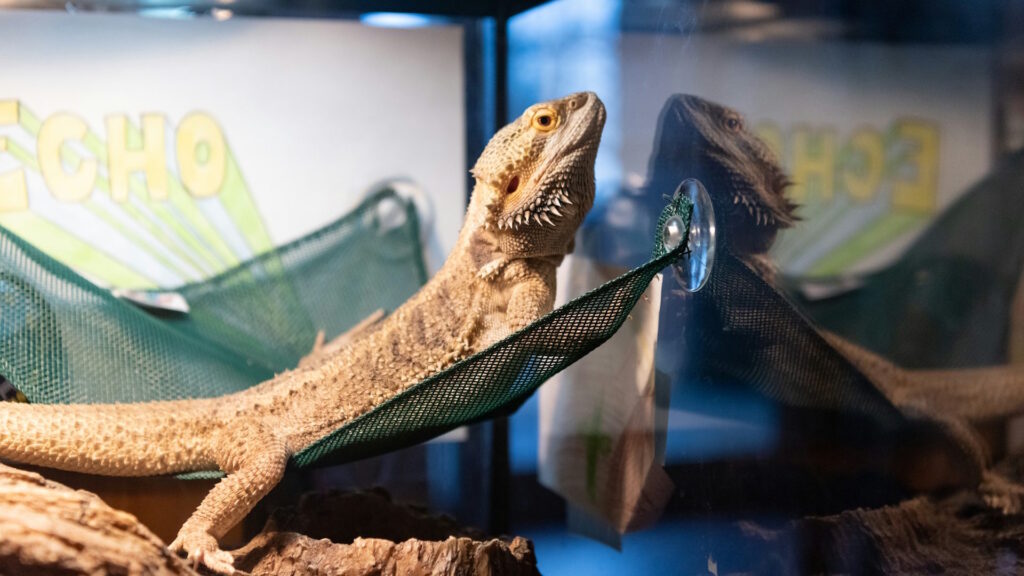
Transforming consumer behavior represents one of the most direct paths to reducing collection pressure on wild reptile populations. Research indicates that many reptile owners would prefer captive-bred animals if properly informed about the conservation impacts of their purchases, suggesting that education could significantly shift market demands. Certification programs for sustainably sourced reptiles, similar to those used for coffee or timber products, have shown promise in pilot projects but require wider industry adoption to become effective. Social media platforms, ironically often drivers of problematic fads, also offer powerful channels for reaching potential buyers with conservation messages before purchases are made. Educational campaigns that emphasize the welfare challenges and intensive care requirements of exotic reptiles may also discourage impulsive purchases that frequently lead to abandonment or release of pets. The growing “herpetoculture” community of dedicated reptile keepers increasingly promotes responsible ownership standards, suggesting that cultural shifts within the hobbyist community itself could become a powerful force for positive change.
Toward Sustainable Solutions
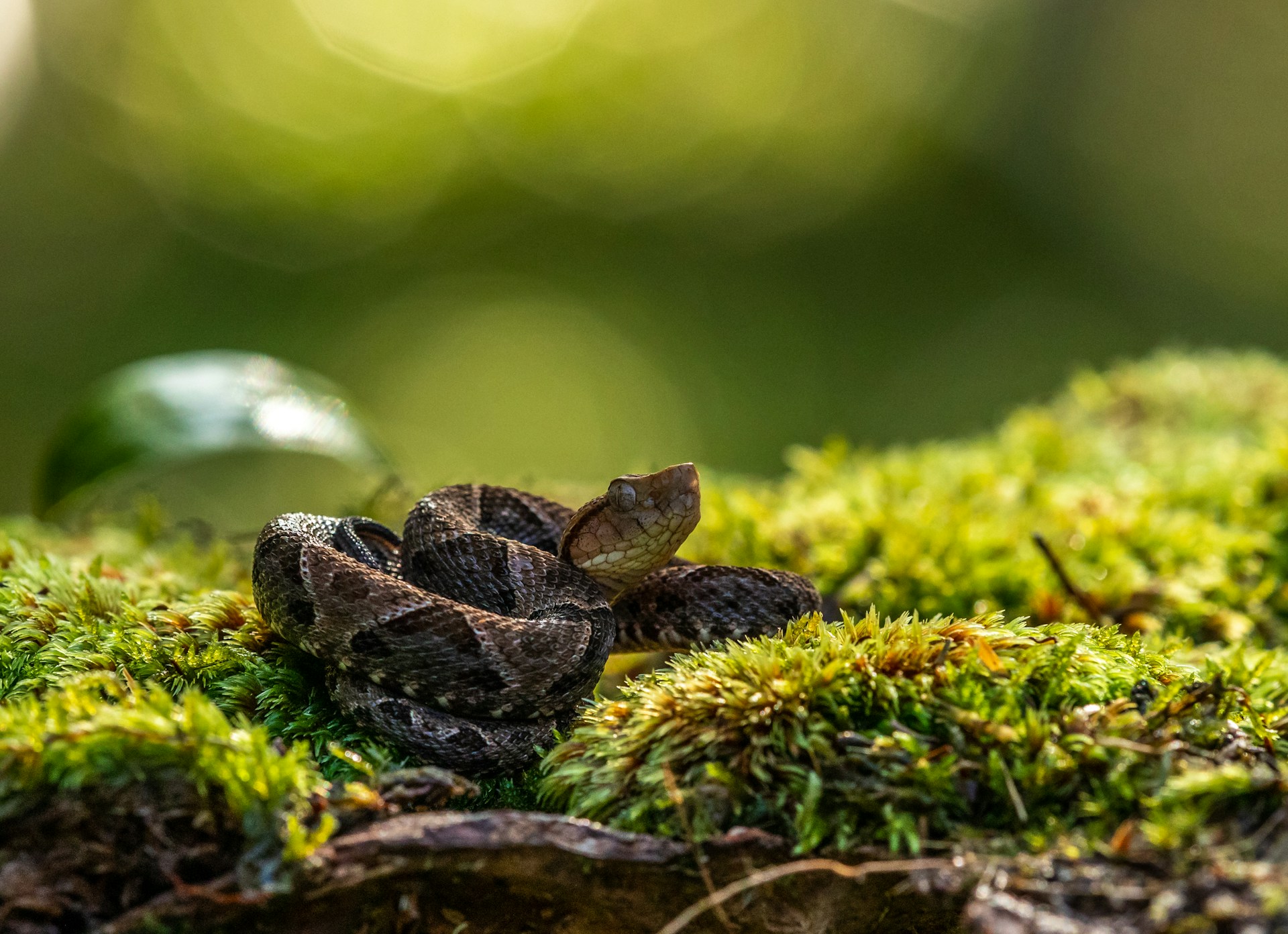
Addressing the complex challenges of the exotic reptile trade requires multifaceted approaches that balance human needs with conservation imperatives. Truly sustainable solutions must acknowledge the economic realities driving the trade while establishing clear boundaries to protect vulnerable species. Regulated commercial collection programs that establish science-based quotas and monitoring systems have shown promise for certain resilient species, providing income to local communities while preventing overexploitation. Legal reforms that focus on limiting collection of the most vulnerable species while allowing trade in demonstrably sustainable species could redirect market pressure away from conservation priorities. Investment in enforcement capacity—particularly at key trade bottlenecks like major ports and reptile expos—would dramatically improve compliance even without new regulations. Partnerships between conservation organizations, ethical breeders, and local communities offer particularly promising avenues for developing context-specific solutions that address both ecological and socioeconomic dimensions of the trade. By acknowledging the legitimacy of the human desire to connect with reptiles while establishing clear ethical boundaries around how that connection occurs, a more sustainable relationship between humans and these remarkable animals remains possible.
Conclusion
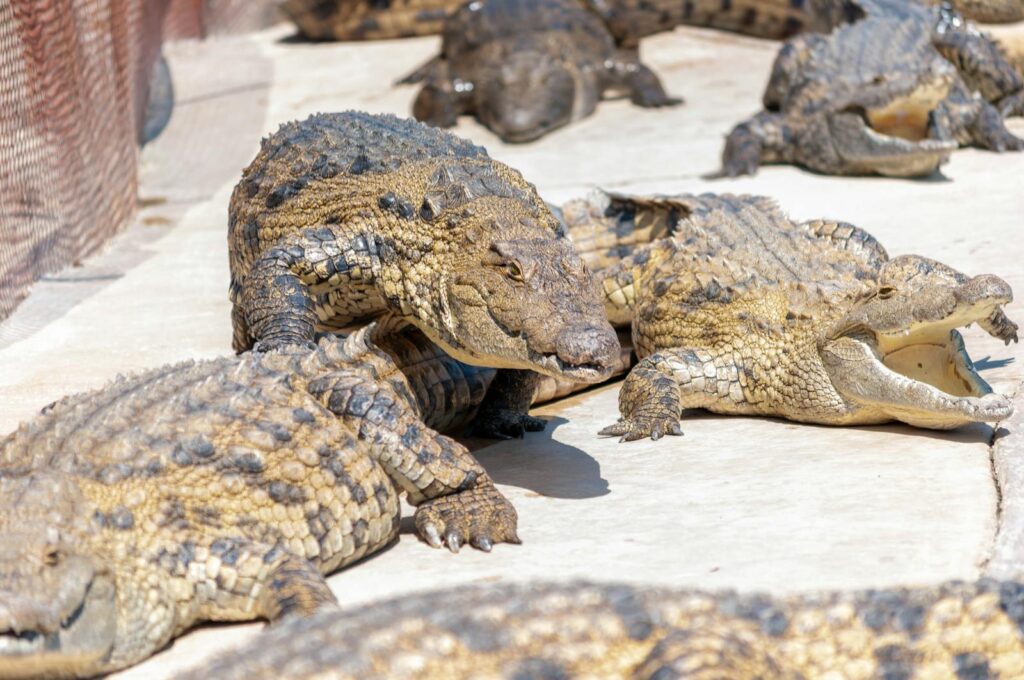
The exotic reptile trade presents a complex conservation challenge at the intersection of biodiversity protection, economic development, and human fascination with the natural world. As we’ve explored, the consequences of unsustainable collection reach far beyond the targeted species, affecting entire ecosystems and the communities that depend on them. While the current trajectory threatens many species with extinction, emerging technologies, changing consumer attitudes, and innovative conservation approaches offer paths toward more sustainable practices.
The future of countless reptile species may well depend on our collective ability to transform the exotic pet trade from a force of depletion to one of conservation. By making informed choices as consumers, supporting ethical businesses, and advocating for stronger protections, each of us can contribute to ensuring these ancient creatures continue to fulfill their ecological roles in the wild while still allowing for human appreciation and connection through sustainable means.

